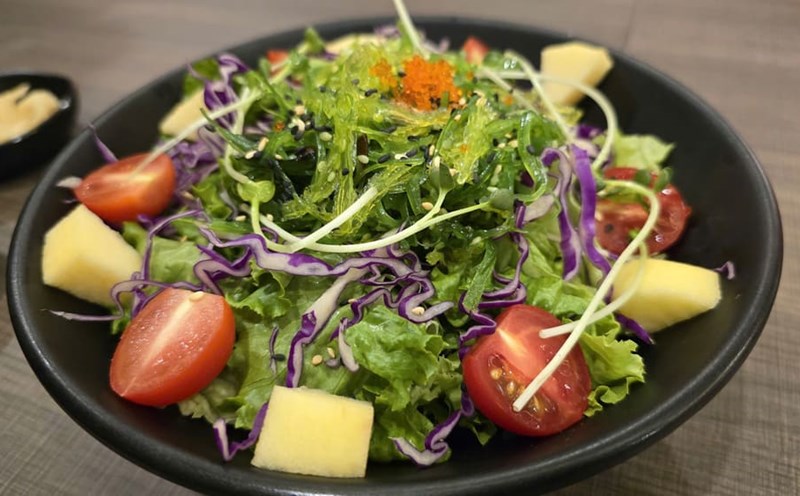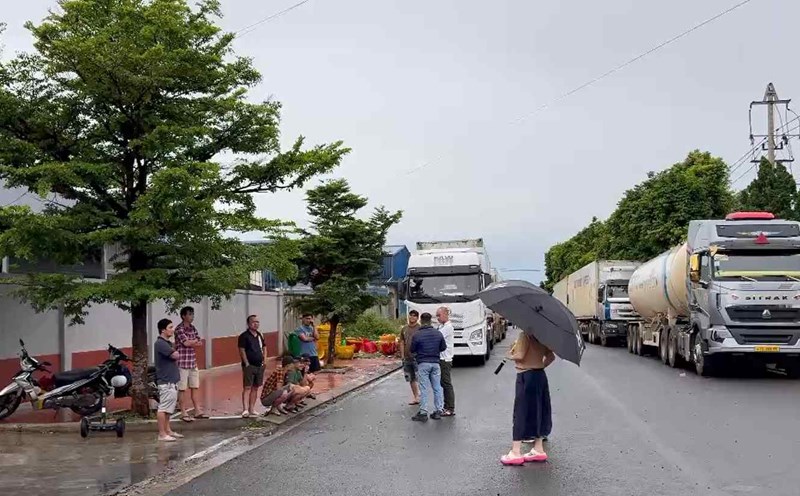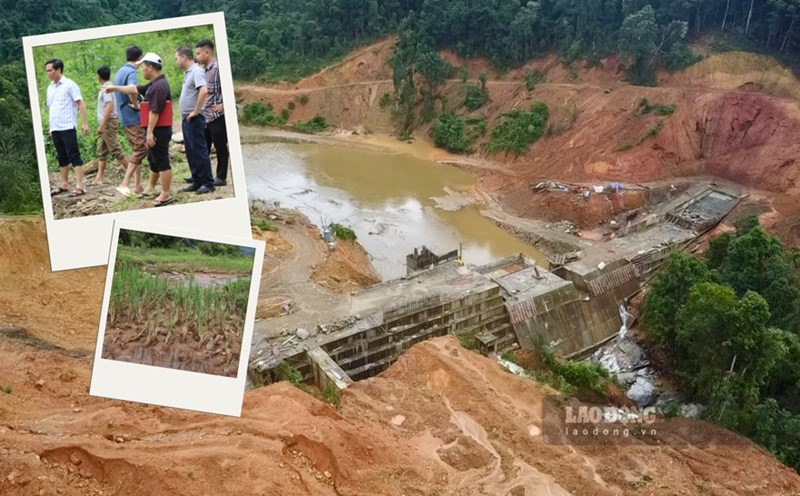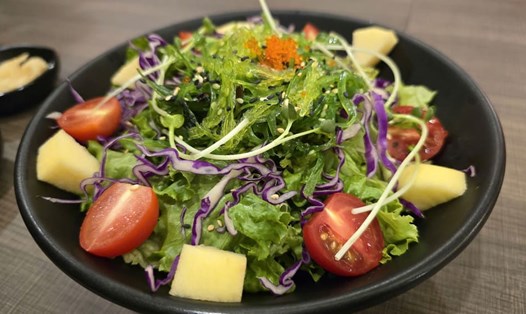At the Conference on Developing brackish water shrimp varieties until 2030, a representative of the Department of Fisheries and Fisheries Control said that from 2020 to now, difficulties and challenges for the Vietnamese shrimp industry have never been temporarily suspended, but it seems that difficulties overlap with difficulties over time, causing the shrimp industry to always face increasing pressure.
However, with the strong and effective attention and direction of the Government, the Prime Minister, the Ministry of Agriculture and Environment, the aquaculture sector in general and the shrimp sector in particular have impressive production results. In the first 9 months of 2025, there are about 721.7 thousand hectares of farming, of which the farming area for hemp shrimp is 611.7 thousand hectares, and the white-leg shrimp is 110,000 hectares. The output of brackish water shrimp is estimated at 932 thousand tons, reaching 77% of the 2025 plan.
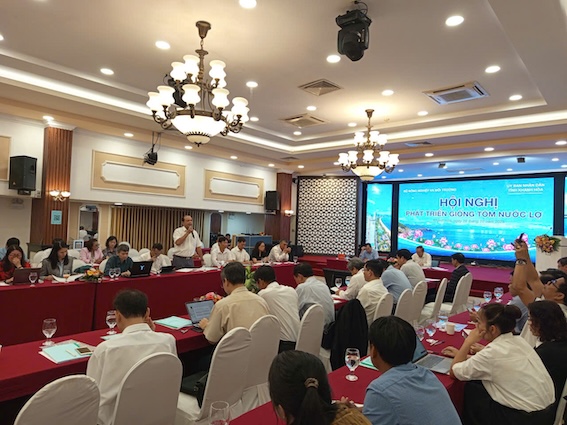
Of which, crab shrimp reached 212.3 thousand tons, card shrimp reached 719 seven thousand tons, shrimp seed output reached 137.04 billion pigs, meeting domestic farming needs and partly for export.
A representative of the Department of Fisheries and Fisheries Control said that the level of compliance with the law in seed production and supply has improved but is not uniform, there are still facilities that have not been granted qualified certificates. The phenomenon of varieties of unknown origin, not yet quarantined, still appears; Management of parent shrimp exploited naturally is difficult due to small-scale production...
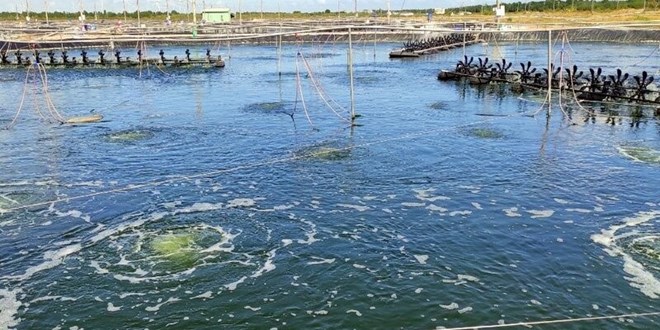
In the 2026-2030 period, it is forecasted that the shrimp industry will face many challenges such as fluctuations in input prices due to geopolitics; more extreme weather ( drought, salinity intrusion); and complicated shrimp breeding epidemics. Therefore, the representative of the Department of Fisheries and Fisheries Control proposed many key solutions such as building and completing infrastructure for research, production, raising brackish water shrimp varieties, and proactively sourcing parent shrimp from domestic production. At the same time, implement biosafety solutions in production facilities, nourish brackish water shrimp varieties, and limit the harmful effects of the epidemic.
Along with tightening standards at the national level, key localities are playing a role in providing high-quality varieties. One of them is the "shrimp breeding capital" Khanh Hoa. With 2 concentrated aquaculture production planning areas with an area of about 298 hectares, along with a specialized domestic shrimp parenteral production area, Khanh Hoa is considered a National Shrimp Breeding Center, playing a key role in the supply chain system, meeting 25-30% of the total national breeding output.
A representative of the Department of Agriculture and Environment of Khanh Hoa province said that the province aims to continue to maintain its strength in aquaculture breed production, especially shrimp breeds, focusing resources on building Khanh Hoa into a high-quality shrimp breed production center of the country in the direction of applying advanced and modern technology to improve product quality.
At the same time, protect the environment and sustainably produce, diversify new aquatic breeds with economic value to ensure readiness to supply high-tech marine farming activities. In addition, focus on building and expanding production value chains to develop synchronously in the fields of seed production, commercial farming and seafood export processing.

